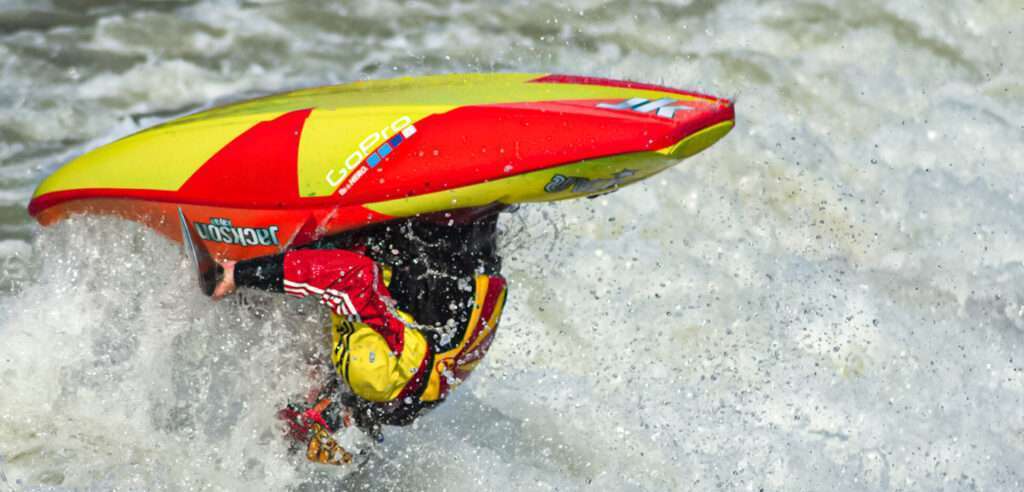When it comes to kayaking, knowing how to bail out your cockpit is the best way to stay afloat – literally and figuratively! Even if you’re an experienced paddler, water can sneak its way in from a downpour or after a wild ride on choppy waves. A kayak bilge pump should always be part of your arsenal. If you find yourself up a creek without a paddle after taking on some water, having one nearby can help keep you from being weighed down during your journey. Plus, being familiar with how to use it is key since you never know when the unexpected will happen.
Taking care of your bilge pump can be a real life saver – both literally and figuratively. By performing regular checkups on your pump, you’ll not only be ensuring your safety, but also extending the lifespan of this important piece of equipment. Let’s face it: not only do routine maintenance and repairs save you money in terms of replacement costs, they can also spare you from sinking more funds into costly boat repairs. Good news is that there’s no need to shell out cash for regular inspections – there are plenty of checks you can do yourself to keep that bilge pump going strong!
Check the wiring and float switch
While you’re out on the lake, everything should be running smoothly, but if your bilge pump is incessantly running, it’s time to investigate. Give all the wiring a once-over to check for corrosion or breaks. If that looks good, then take a look at the float switch – maybe it’s jammed up with debris. If everything seems ok on both fronts, then it could be down to leaks or other sources of excess water in the bilge. Time to start sleuthing!
Test the pump
Before hopping onto the boat, it’s always a good idea to give your bilge pump the once-over. Although it may seem like a hassle, running through this quick test could save you from a lot of trouble if the pump isn’t up to snuff. To check, just add a few gallons of water into the bilge – if the pump kicks in and drains correctly you’re in the clear, but if there is still standing water then something needs to be done before venturing out. Don’t risk it – even an inch of water can sink an ocean liner if your bilge pump isn’t working!
Check the outlet hose
Checking the outlet hose is a must. Every now and then, you should take a look at it to make sure nothing’s amiss. A clogged hose can lead to a whole host of issues if you let it slip, so don’t let that be the case! If you’re experiencing low water pressure, give your hose the once-over to see if it needs clearing out or maybe your battery voltage needs some checking up on. After that, if all else fails then the problem could lay with pump itself – best get it checked out by an expert!
Check the impeller
When it comes to centrifugal pumps, it’s time to check the old impeller if things aren’t quite up and running as they should be. To do that, you’ll have to start by shutting off the power and taking it out of the bilge. If you can’t turn it by hand, then unfortunately you’re looking at a new pump. Don’t let your efforts go down the drain – make sure to check your impeller!
Clean the pump
You definitely don’t want to take a “sink or swim” approach when it comes to your boat’s bilge pump. Keeping it clean and in top condition is an easy way to make sure you’re always “shipshape.” A monthly wash of the outside is a good start, followed by using a bilge cleaner on the inside—it helps break down the built-up gunk that can really slow down your pump. Plus, using regular cleaners while your boat’s out on the water means one less post-trip task. So don’t forget to keep your pump primed and ready, no matter what comes your way!
Check the filters
Before you untie the ropes and cast off for your trip, be sure to check the filters in your Bilge pump. If they’re clogged with debris, it can create a real sticky situation. But by taking a few minutes to clear out any detritus from the filters, you’ll be able to start your journey with peace of mind.
An average bilge will putt-putt along just fine for three to five years, but if you keep it maintained and running smoothly, you might be able to get a few more years out of it. However, one signal that your pump is running low on juice is when it starts sputtering and kicking out less water. If you notice that your pump isn’t up-to-par and its flow rate has dropped like a stone, it may be time to spring for a new one. Don’t let your boat sink right in front of your eyes — check in with your bilge pump regularly and make sure it’s not at death’s door!
Having a bilge pump inlet screen may not be the most glamorous item on your boat, but it’s definitely worth considering. It might protect you from sinking money – literally! Think of it like an insurance policy — they don’t cost much and it would be a shame to get stuck out on the water with a bilge pump that has all its circuits clogged up by debris. Checking the screen for any dirt or grime and clearing it before you set sail can give you peace of mind and save you from being stuck between a rock and a hard place down the line.

